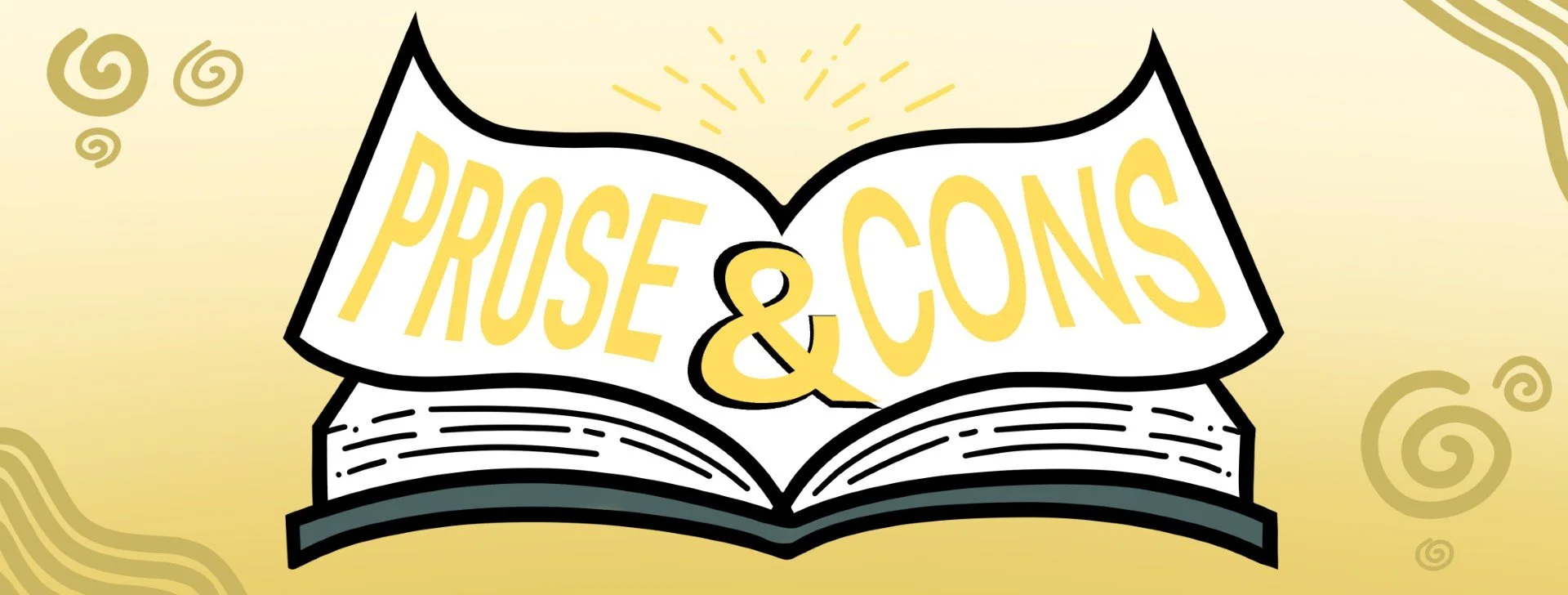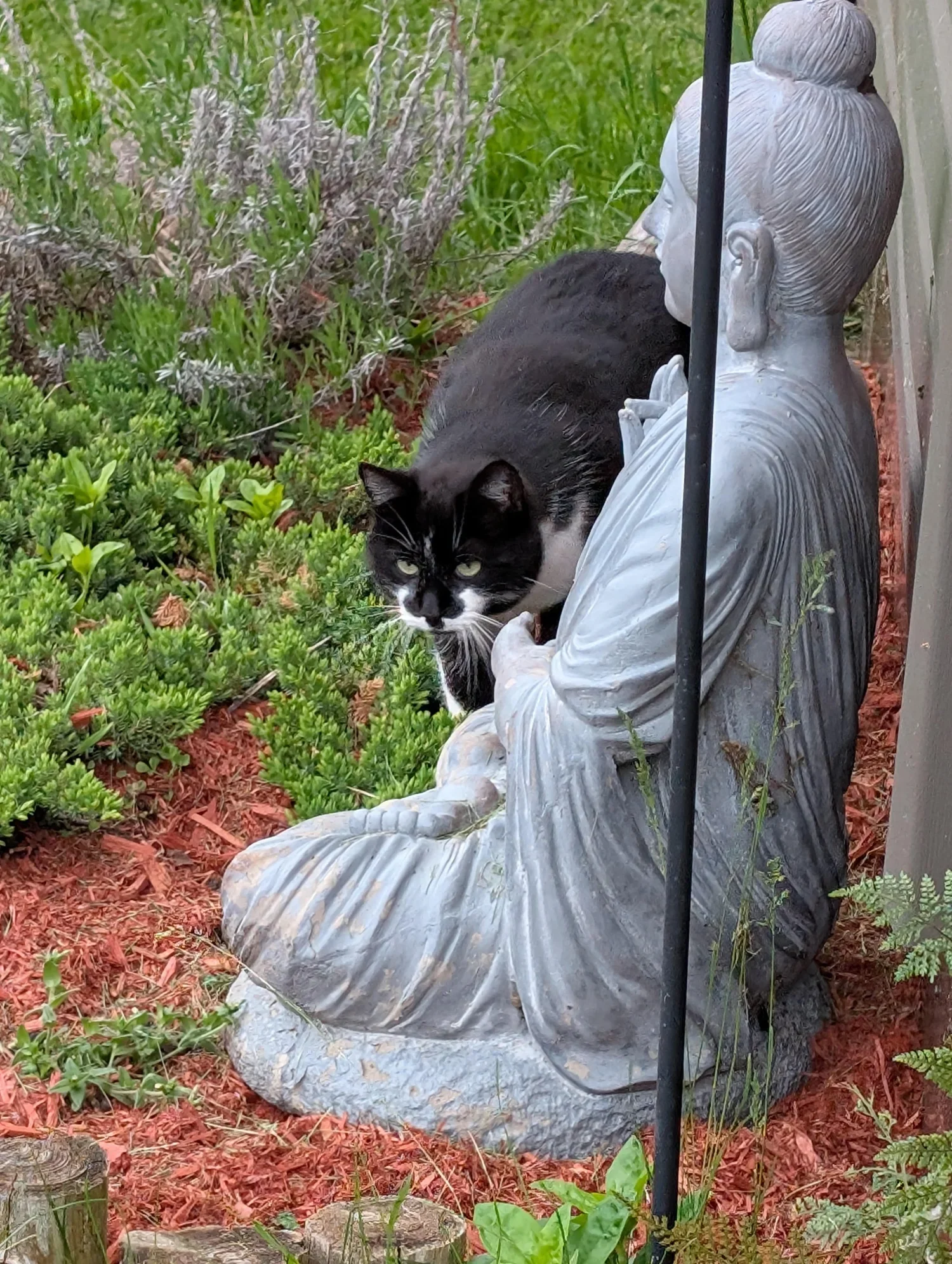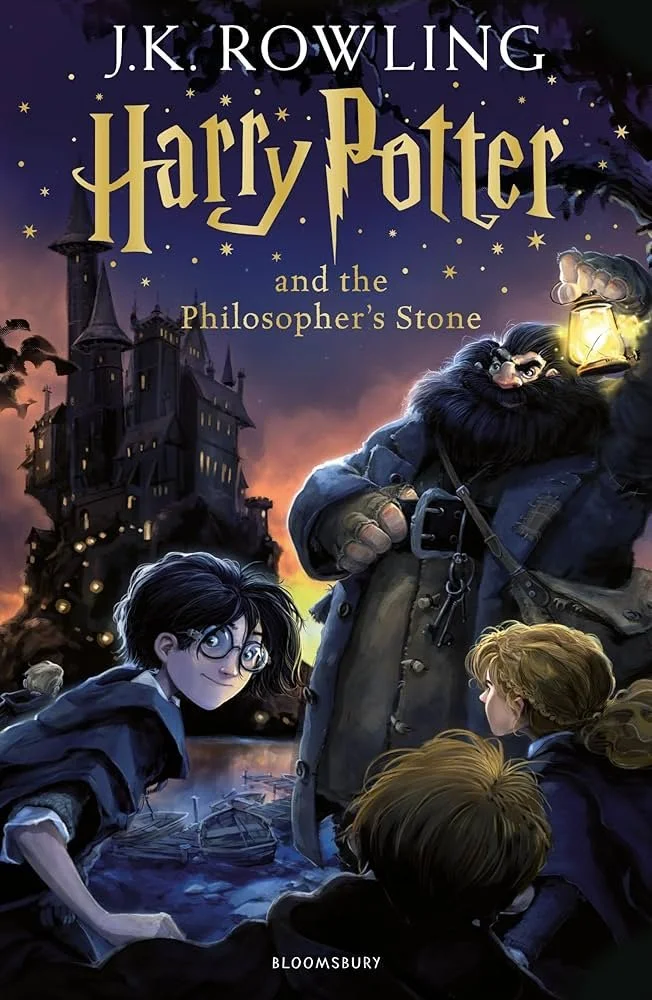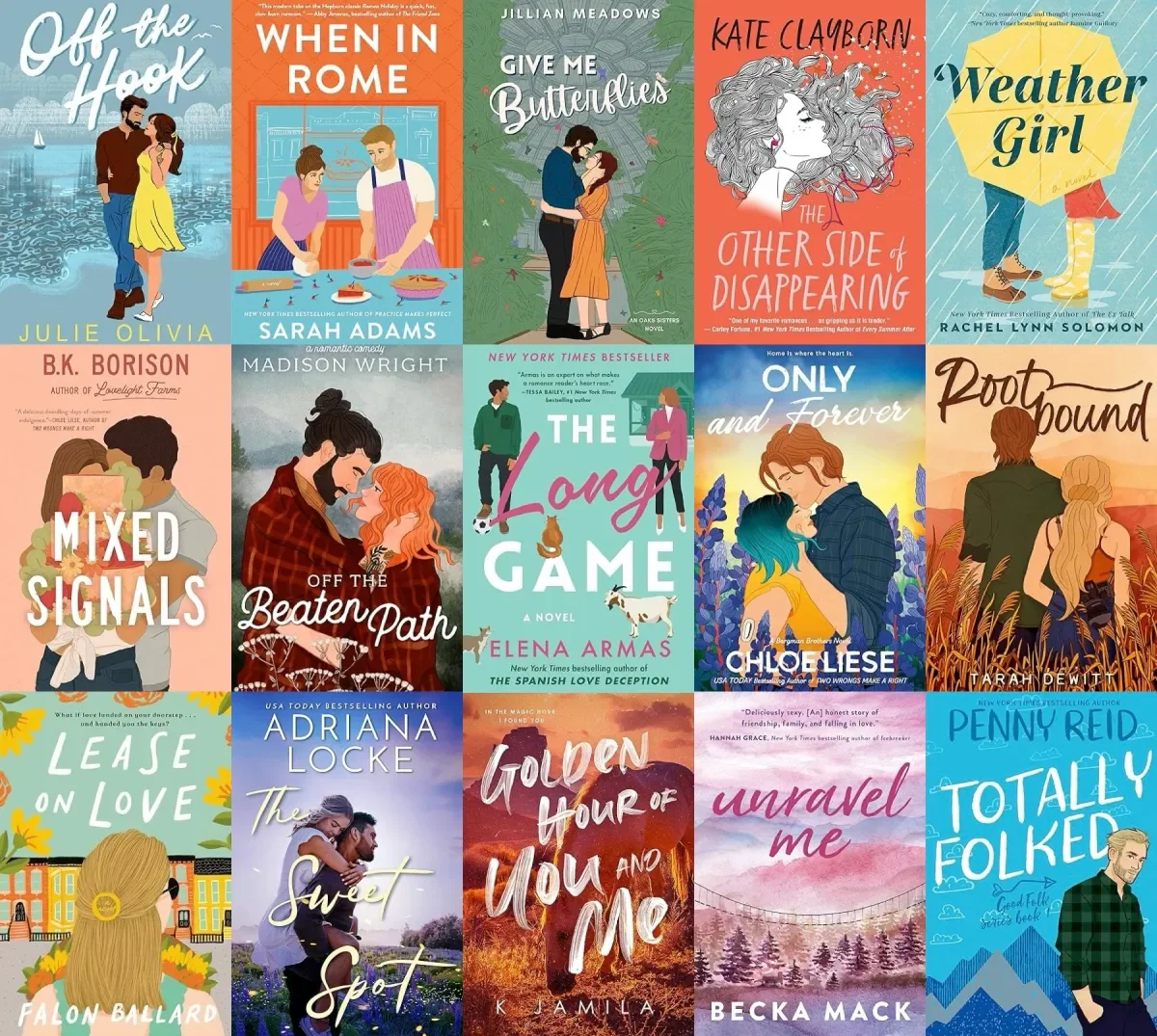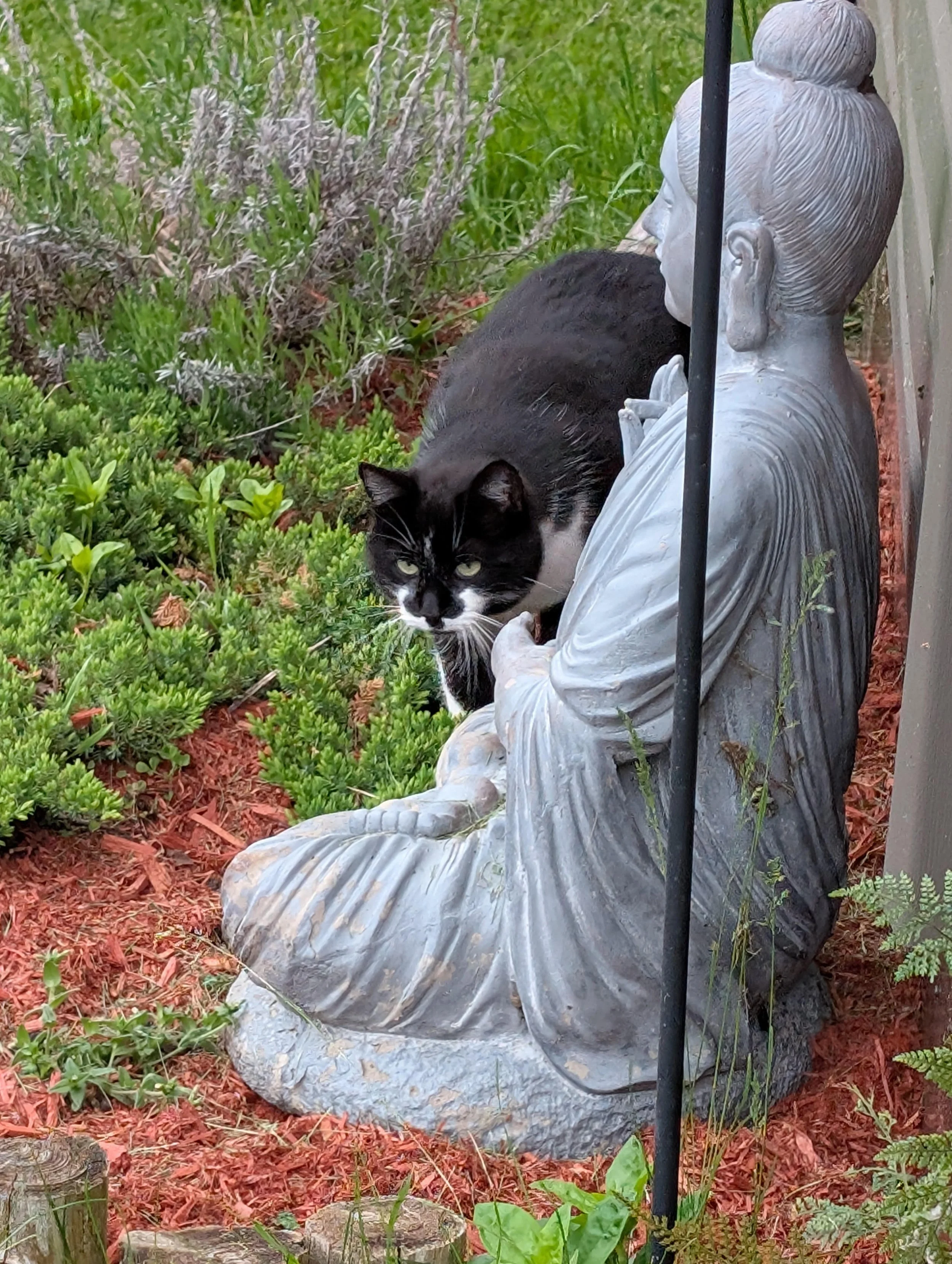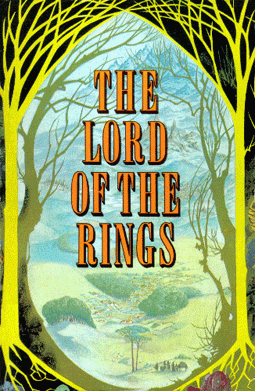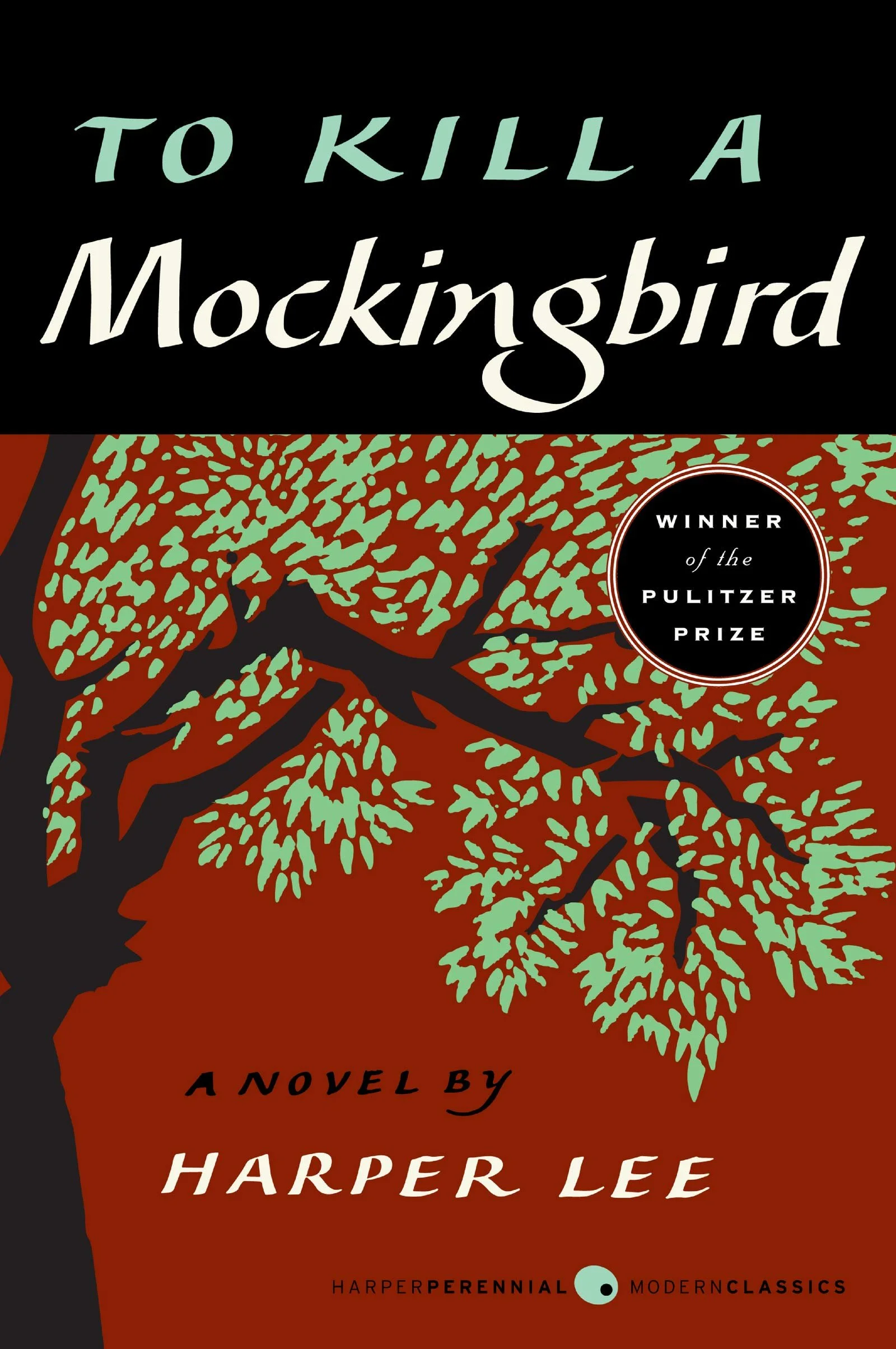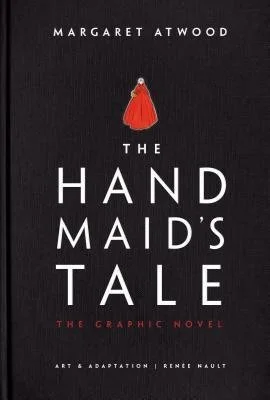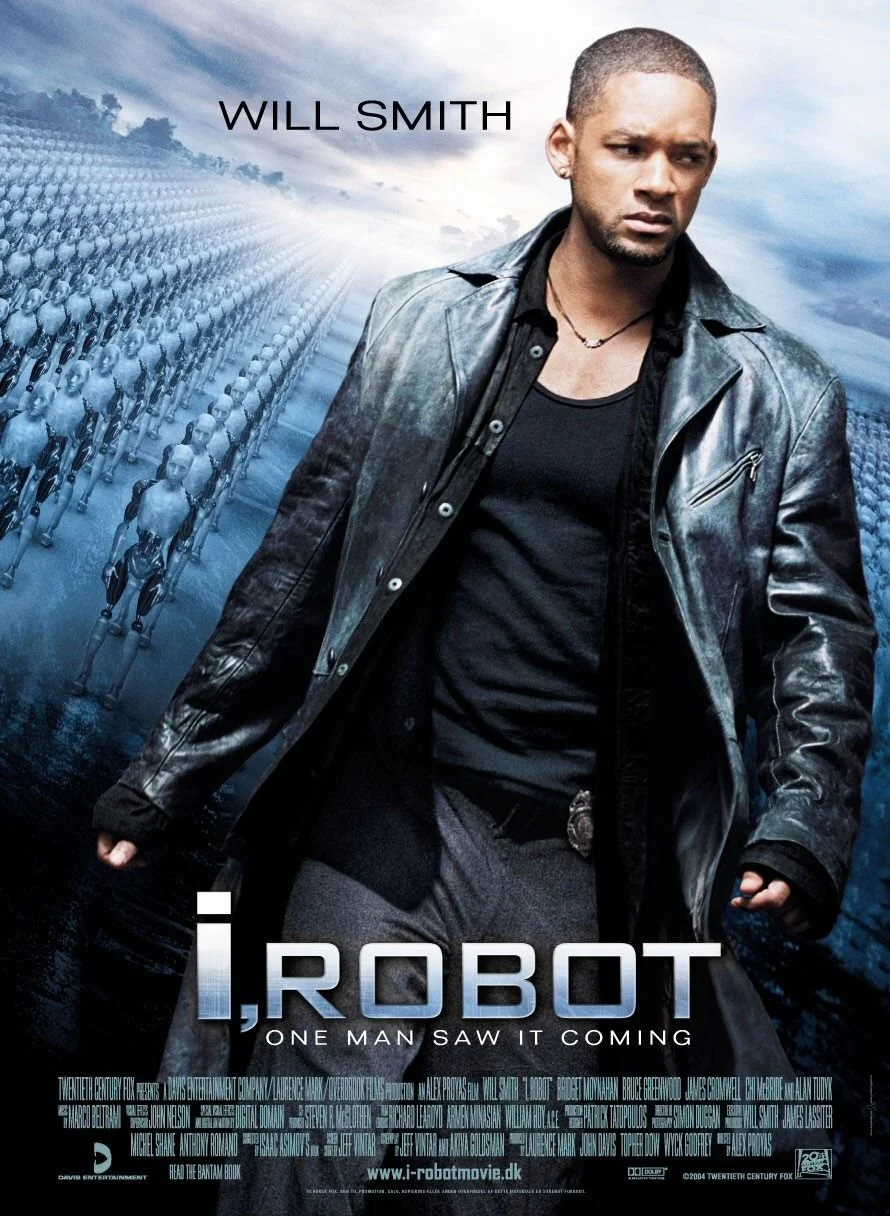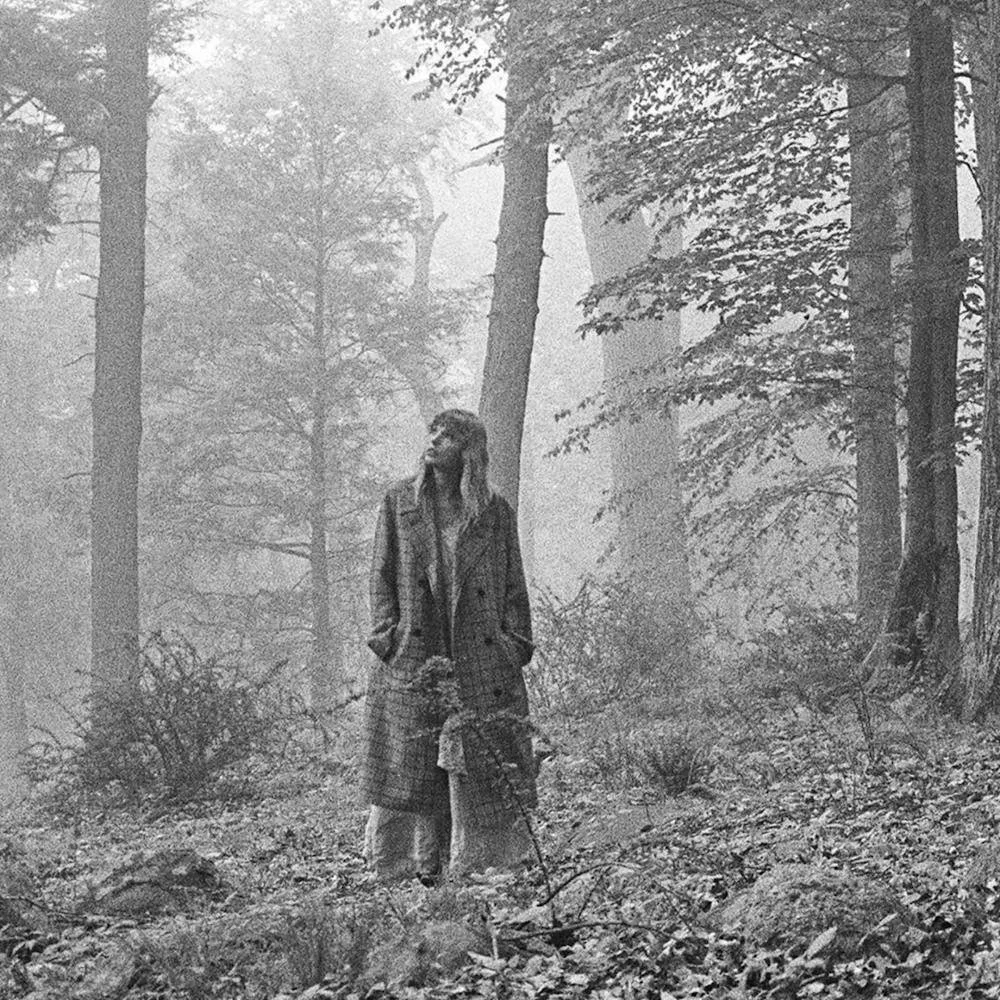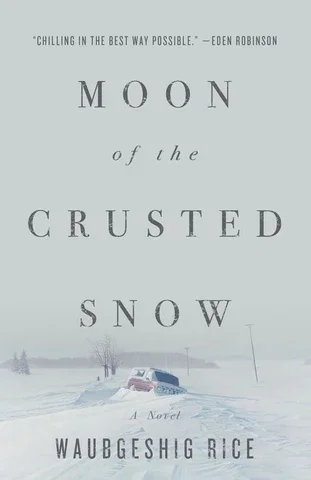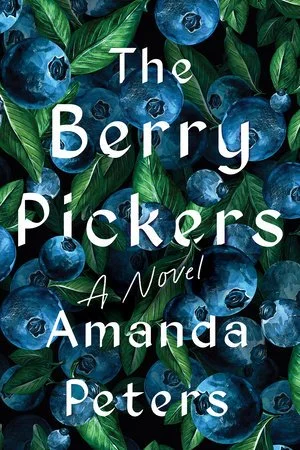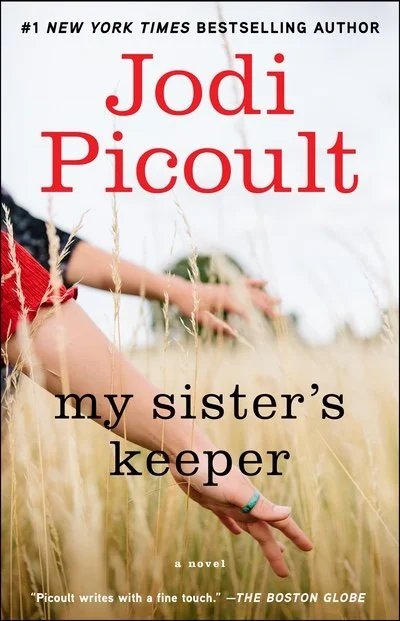The Death of Girls Tween Media
/Ever wonder what the younger generation is reading nowadays? You probably remember reading books, graphic novels and even magazines from your childhood. We have all tried to consume adult media before we were considered as such, but there was always enough appropriate content to keep us entertained. However, there is a major issue with the media younger generations are consuming, books included. A few years ago a community known as ‘Booktok’ emerged on the social media app TikTok. Booktok was the name for a specific side of TikTok that was dedicated to reviewing and discussing (usually fictional) books.
What is Booktok? Why is it inappropriate for children?
On the surface this sounds harmless; completely child friendly, and even like a good idea to introduce your children to. Since the younger generations love their social media, why not send them to the side of it that discusses literature, right? Wrong. Under the surface, Booktok is almost entirely dedicated to discussing what they refer to as ‘spicy’ books. A spicy book is any book, again usually fictional, that has explicit sexual content. A few ‘spicy’ books that are largely talked about on Booktok include: ‘A Court of Thorns and Roses’, ‘Fourth Wing’, 'Haunting Adaline’ and ‘A Soul to Keep’. All of these books fall under the genre of romance and fantasy, however, many of them contain harmful depictions of very toxic and potentially dangerous relationship dynamics if consumed by impressionable eyes. Consider a young girl, 10 years old, absent father figure. She’s been raised practically online and decides to ask her un-attentive mother for a book she saw online. She says yes, not bothering to check the content of said book and it arrives within the week. She begins reading and within the first twenty pages there's topics like substance abuse, DV, SA, obsessive stalking portrayed as romance and completely ridiculous depictions of women in general. Girls, especially ones with the lack of a father figure, tend to consume romance media differently than girls who have been raised with a present father. They tend to take it as advice more than reading a fictional fantasy. There’s a quote in the show ‘Scream Queens’ (2015) that is relevant to my next point.
In episode 10 of the series first season Thad Radwell, younger brother of main character Chad Radwell, says, while giving a speech about what he’s thankful for: “This year I’m so thankful for the lack of decency laws in Eastern Europe, that inundate our internet with millions of hours of hardcore porn. Which helps to just generally raise the bar on the stuff that chicks feel like they need to do now.” When fictional depictions of toxic relationships are consumed by impressionable minds a dangerous crossover from fantasy to reality takes place. Since it’s the only relationship they’ve ever seen, regardless if it’s healthy or not, it becomes the blueprint for every relationship they seek in their future.
Two main factors as to why children are even at risk for seeing this content, are that there is literally a drought of tween/teen media. In the early 2000s/2010s kids had Disney Channel shows, Nickelodeon, YTV, all these programs had shows and movies that catered towards them. It was family friendly but was still raunchy and silly enough for older kids to be interested until they graduate to older content. Since the pandemic there has been a complete wipe out of any tween programs, there used to be at least five running at the same time, now there’s only two, and the viewer rate is not high. Since there is a lack of media fit for younger ages to consume they have no choice but to resort to adult media. Social apps, console gaming, adult animations, sit-coms and yes, pornography.
The second is that most of the forms of media that contain this content (books, shows, movies etc) are, for some reason, all being marketed towards children. Take the new ‘Wicked’ movies for example. The two new films with Cynthia Erivo and Ariana Grande are based on the broadway musical ‘Wicked’ (2003), which is based on the book ‘Wicked’(1995) by Gregory Maguire, which was based on the movie ‘Wizard of Oz’ (1939). These movies, because of a popstars involvement, whose fanbase is largely children, are being marketed towards kids. There is nothing inherently wrong with this, after all, the films are relatively family friendly, with no explicit scenes, or violence. However, the same cannot be said for the book it adapted. The 1995 book, which now has Ariana Grande’s face front and centre, includes a highly detailed sexually explicit scene that goes on for multiple pages, and includes multiple characters. This book, now with a pop star's face, has fallen into the hands of far too many children, and it’s not just Wicked. The list of Booktok books I mentioned early all have unsuspecting covers and descriptions that no parent would ever be suspicious of. This is quite literally to increase the amount of people purchasing said books, but it still shouldn’t be marketed to children the way it is.
Overall, teens and younger people need more content made for them, there is a shortage of engaging tween media and it’s resulting in our youth having to get their entertainment from media that is way too old for them. A change needs to be made, and it needs to be made now.
Author Bio
Aslan Erwin is a Professional Writing student at Algonquin College, as well as an author and poet outside of school. She prides herself on creativity and character creation. She was born on Christmas day, making her a Capricorn. She’s written one unpublished book, and is currently working on the second in the series. Her interests other than writing include drawing, playing all kinds of video games, and music, she plays guitar, bass, and piano, as well as singing, specializing in musical theater. She’s got many fun literary works to discuss throughout her blog posts, so please stay tuned!

